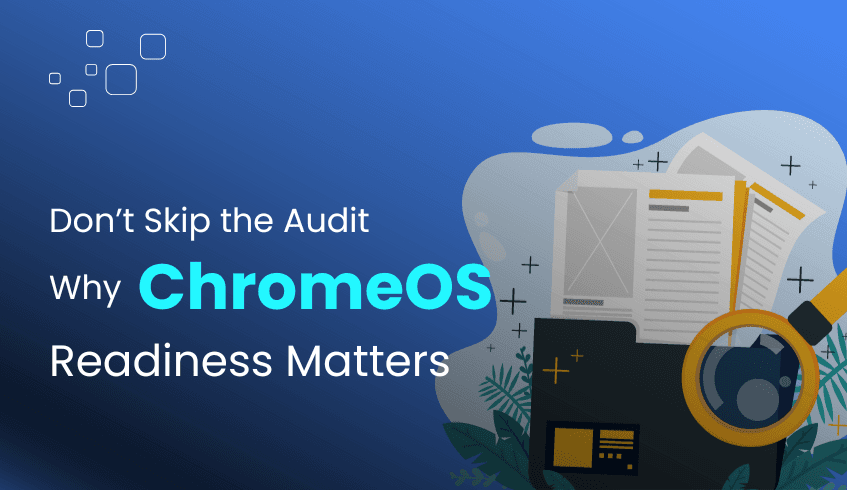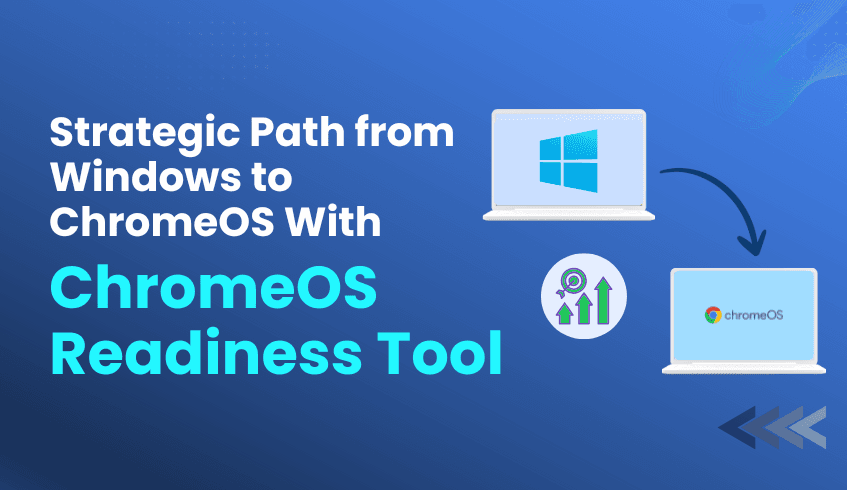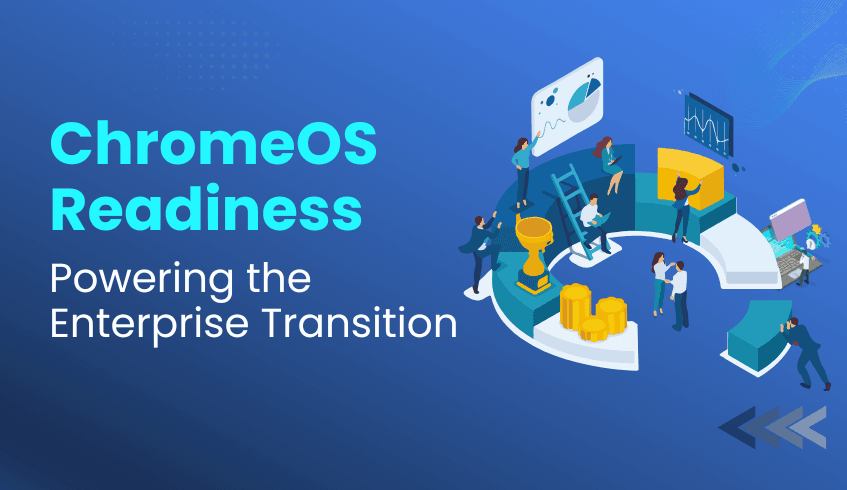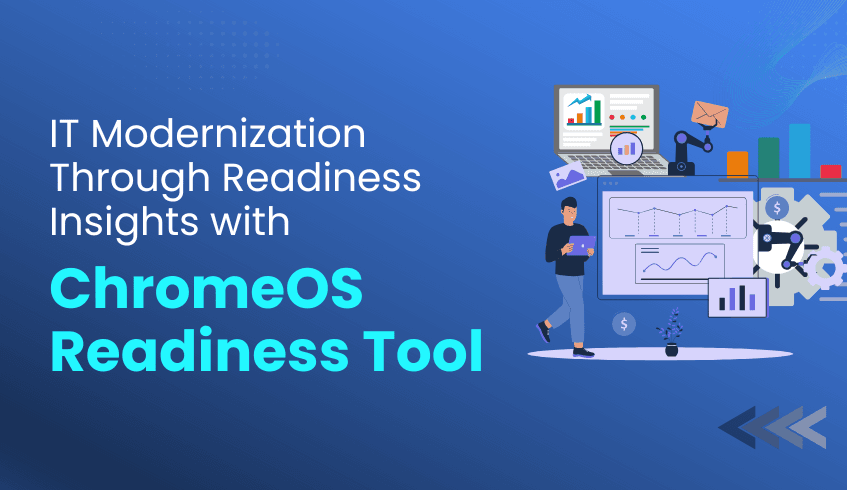
Why ChromeOS Readiness Is the Pre-Migration Audit Your Organization Shouldn’t Skip
In today’s digital-first workplace, transitioning to a cloud-based operating system like ChromeOS brings clear benefits, enhanced security, centralized management, and cost-efficiency. But without a structured pre-migration audit, even the most promising migration strategy can face unexpected hurdles. That’s where the ChromeOS Readiness Tool becomes indispensable.
What is ChromeOS Readiness?
ChromeOS Readiness refers to how compatible and prepared your current IT environment is for adopting ChromeOS or ChromeOS Flex. The ChromeOS Readiness Tool provides a comprehensive compatibility assessment by analyzing:
Application usage and compatibility
Device readiness and hardware capabilities
Peripheral and browser integration
These insights help IT teams make informed, confident decisions ahead of migration.
Why a Pre-Migration Audit Matters
Skipping a proper readiness audit can lead to disruption, unnecessary costs, and technical bottlenecks. Here’s why the ChromeOS Readiness Tool should be part of your pre-migration strategy:
Reduces Surprises: It gives you a clear view of your current environment, eliminating guesswork and identifying potential blockers early.
Saves Time and Cost: Early insights into compatibility challenges reduce downtime and avoid costly remediation later.
Identifies Critical Blockers: Applications and devices are categorized by readiness ChromeOS-ready, Possibly ready, Blockers, or Unknown. For blockers and possibly ready applications, the tool even recommends virtualization solutions like Cameyo, enabling quick alternatives.
Key Areas the Readiness Tool Assesses
The tool provides in-depth visibility across essential readiness checkpoints:
Device Compatibility: Devices are tagged as Ready to Switch, Ready with Verification, or Blocked from Switching, giving you clarity on which endpoints need attention.
Application Readiness: All Windows apps are analyzed and grouped based on their compatibility with ChromeOS. Apps needing virtualization are clearly marked with expert suggestions.
Browser & Extension Usage: Through Browser Insights, you get detailed data on browser types, versions, and extensions across your fleet.
Security & Data Handling: The tool ensures all collected data remains within your organization. Access to the web dashboard requires the original private key generated at deployment, ensuring only authorized users can view data as the private key is unique for each deployment.
Deployment Flexibility: Choose between Enterprise Flow (Active Directory setups with local network storage) or Other Deployment Options Flow (for Unified Endpoint Management environments using cloud storage). The tool is designed to adapt to your organization’s structure.
Benefits of Performing a Readiness Audit
A comprehensive pre-migration audit helps your organization:
Mitigate Migration Risks: Avoid compatibility issues and disruptions by identifying problems early.
Plan Strategically: Prioritize fixes using clearly categorized readiness statuses and expert recommendations.
Roll Out in Phases: Enable controlled, phased migration by understanding device and application readiness at scale.
Best Practices for Using the Tool
To get the most from the ChromeOS Readiness Tool:
Use its intuitive web-based dashboard to track overall readiness scores and deep-dive into device and app-level reports.
Export raw reports in Excel for further analysis or integrate with visualization platforms like Looker, Tableau, or PowerBI for advanced dashboards.
Review expert tips and new features regularly through the tool’s “What’s New” section of the ChromeOS Readiness Tool Website.
A Strategic First Step
A pre-migration audit is a vital step to ensure a smooth, secure, and successful transition to ChromeOS. The ChromeOS Readiness Tool empowers IT teams with visibility, control, and confidence.
Start strong. Audit early. Migrate smarter.




